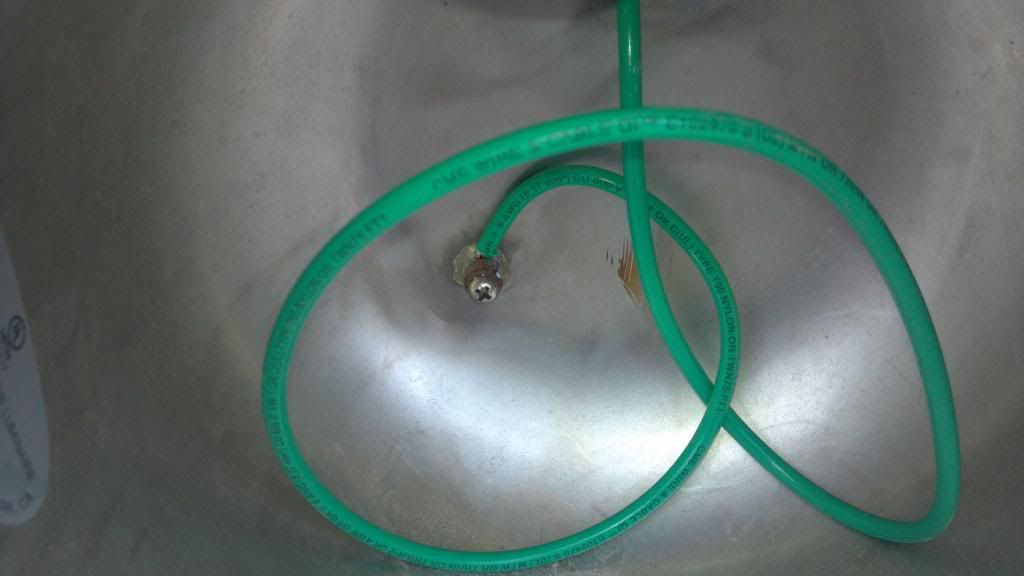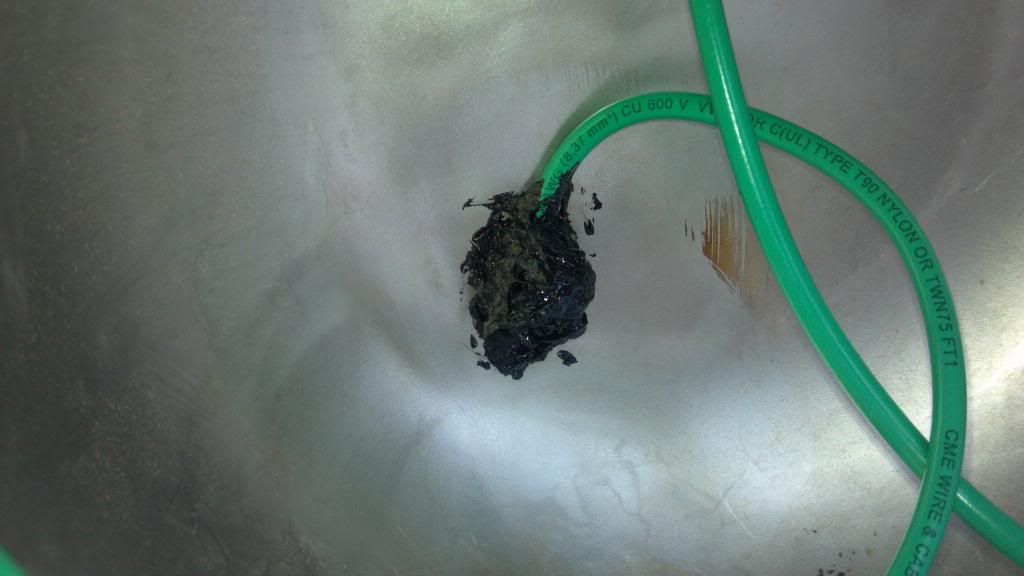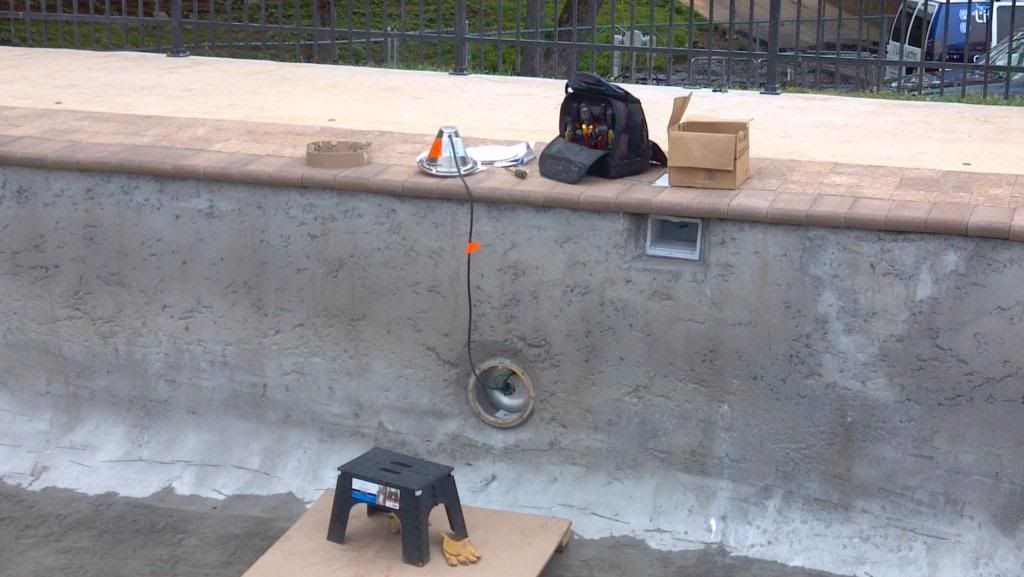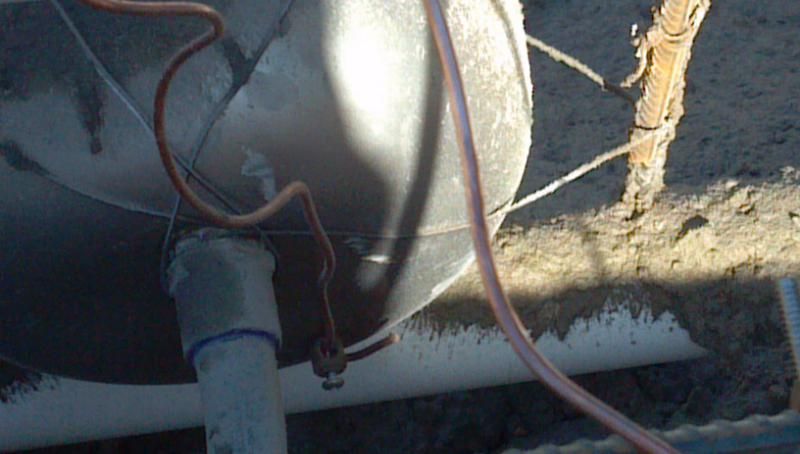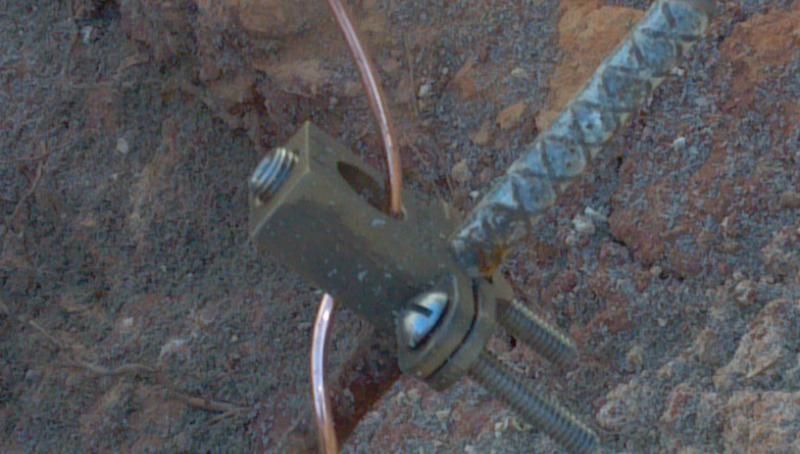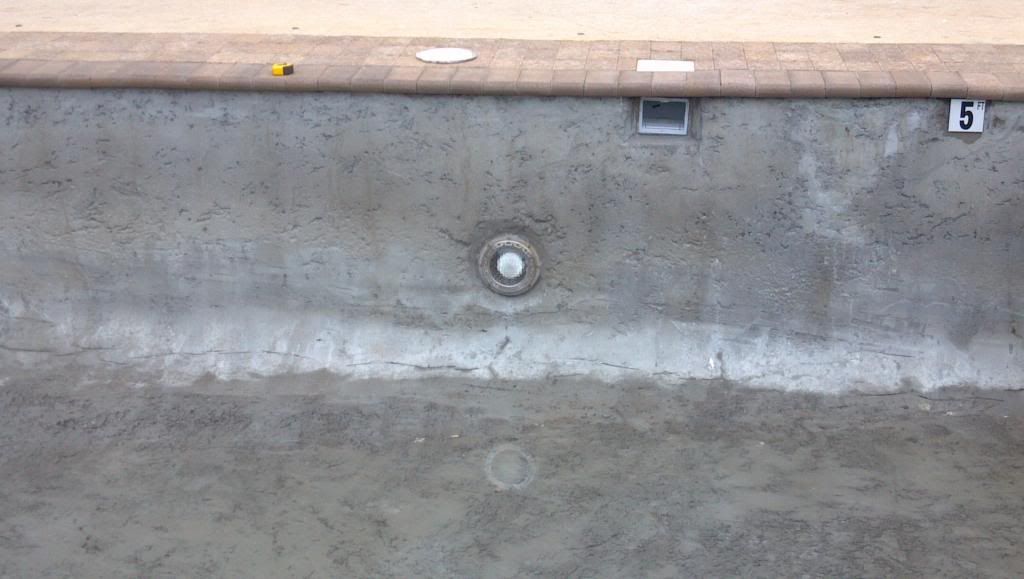flengineer
Member
- Location
- Miami, FL
Per 680.26 (B) (6), electrical equipment including pump motors needs to be bonded. My "pool" is actually an aquarium that will be used by divers. The pumping equipment is located remotely (several floors away from the tank).
1. Do I need to provide a bonding conductor from the pumps to the tank bonding grid? 680.26 (B) says that "a...bonding conductor provided to reduce voltage gradients in the pool area shall not be required to be extended or attached to remote panelboards, service equipment, or electrodes." Does this count as remote equipment or is that just referring to unrelated electrical equipment?
2. If a bonding conductor is required, since the reinforcing steel throughout the building is tied together and the building grounding system is tied to the steel, can I bond the pump to the EGC and leave it at that?
1. Do I need to provide a bonding conductor from the pumps to the tank bonding grid? 680.26 (B) says that "a...bonding conductor provided to reduce voltage gradients in the pool area shall not be required to be extended or attached to remote panelboards, service equipment, or electrodes." Does this count as remote equipment or is that just referring to unrelated electrical equipment?
2. If a bonding conductor is required, since the reinforcing steel throughout the building is tied together and the building grounding system is tied to the steel, can I bond the pump to the EGC and leave it at that?



